Dinosaur eggs are as you might guess among the rarest of fossils and eggs with a nearly hatched baby dinosaur still inside the rarest of the rare. For that reason alone the discovery of an almost perfectly preserved dinosaur embryo from the late cretaceous is newsworthy. The egg was found in the southern region of China called Ganzhou and is the subject of a new paper by paleontologists at the China University of Geosciences in Beijing and the University of Birmingham in the UK. The embryo has been identified as belonging to a species of toothless theropod dinosaur of the genus Oviratorosaur that is thought to be closely related to the early birds. The unhatched baby dinosaur has even been given the name ‘Yingliang’.
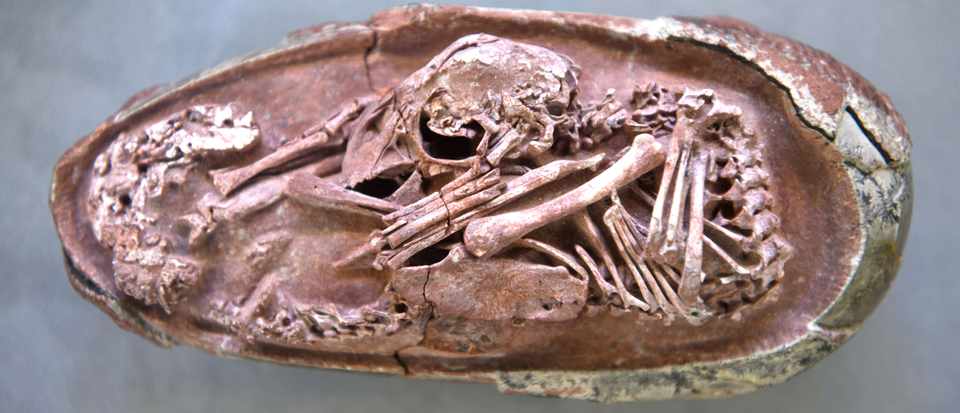
But as the researchers cleaned and prepared their specimen they quickly realized that their find was even more important, for the position of the baby dino inside its egg was unlike that of other known dinosaur embryos but identical to that of modern birds shortly before they hatch. The position is known as ‘tucking’ where the baby chick puts its back to the blunt side of the egg and tucks its head between its legs.

This ‘tucking’ posture has long been thought to be a unique in birds but the evidence of Yingliang clearly shows that that it must have evolved much earlier and that at least some dinosaurs also acquired the behavior. According to Professor Steve Brusatte of the University of Edinburgh who was a part of the research team: “This little pre-natal dinosaur looks just like a baby bird curled in its egg, which is yet more evidence that many features characteristic of today’s birds first evolved in their dinosaur ancestors.”

But even as the dinosaurs were evolving into our modern birds other types of reptiles were returning to the seas in much the same fashion as today’s whales and dolphins did millions of years later. The most diverse of these aquatic reptiles were the Ichthyosaurs, literally fish-reptiles who swam Earth’s oceans throughout the time of the dinosaurs. Although shaped like fish, ichthyosaurs were air breathing reptiles some of whom at least are known to have given birth to live young.

Now a new fossil discovered in the Fossil Hill Member of the Augusta Mountains in Nevada is giving the ichthyosaurs a new record, that of being the first animals to reach gigantic, whale sized proportions. Excavated and studied by paleontologists from the Natural History Museum of Los Angeles County the species has been given the name Cymbospondylus youngorum and based upon the bones of it’s skull, forefin, shoulder and part of its backbone the animal probably reached a full length of 17 meters, the size of a modern Sperm Whale. And like the Sperm Whale C youngorum was a predator, probably living off of ammonites, those extinct relatives of squid and octopus whose fossils have been found in abundance in the same rocks as C youngorum.
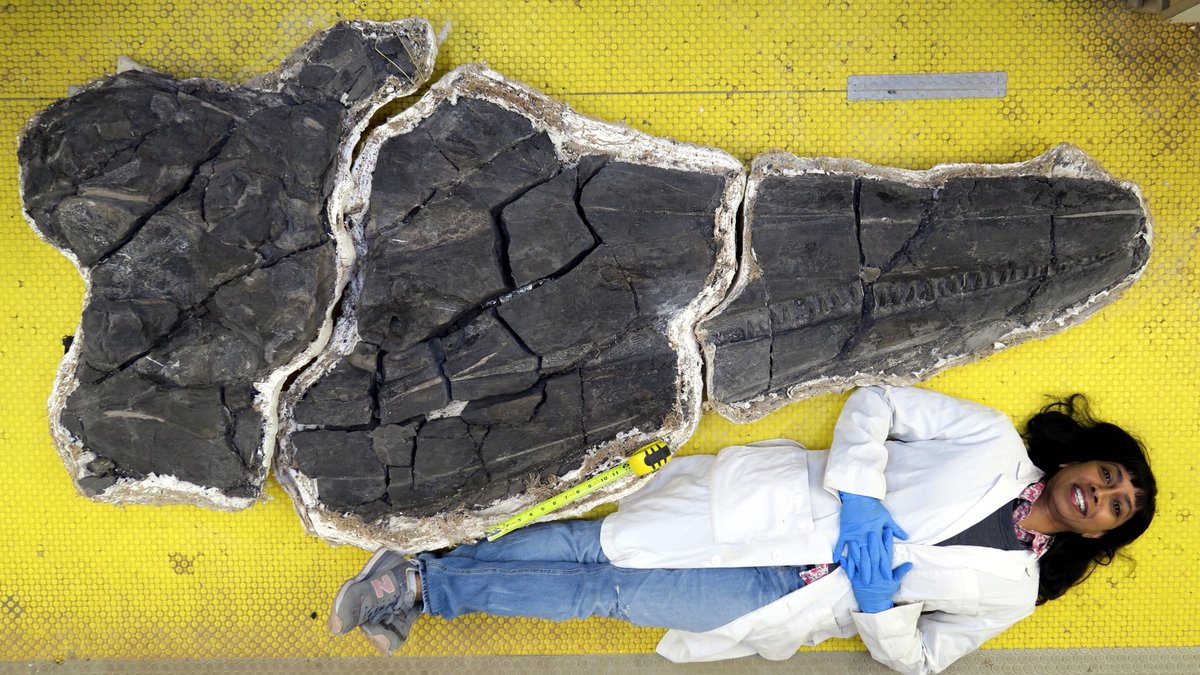
The Fossil Hill deposits in Nevada have been dated to the mid-Triassic period some 246 million years ago which makes them only a few million years after the very first ichthyosaurs took to the oceans. That such a huge creature could evolve so quickly is amazing, it took the ancestors of the whales nearly ten times as long to become the giants that we know today.
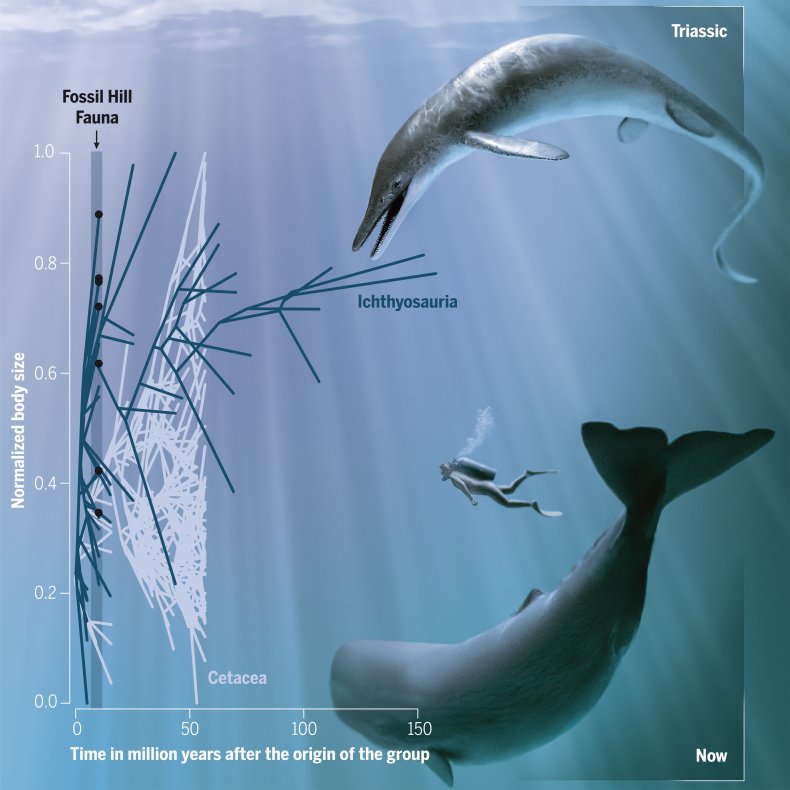
In fact ichthyosaurs and cetaceans have other characteristics in common as well including the fact that each family of animals first appeared shortly after a mass extinction event. In fact the similarities are so close that Dr. Eva Maria Griebeler of the University of Mainz in Germany is doing a comparative study of the evolution of ichthyosaurs and whales in an effort to better understand the process of evolution in general.

And speaking of big animals my final story for this month concerns a specimen of the largest ever discovered fossil bug. Now to be honest the term ‘bug’ is really only supposed to apply to insects of the order Hemiptera, insects like Aphids, Cicadas and Bed Bugs and the fossil we’re talking about isn’t even an insect, it’s a millipede, but the media has insisted on calling it “the biggest bug that ever lived” and who am I to argue.
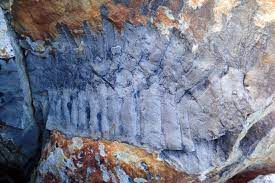
The fossil was discovered in a chunk of sandstone that broke off from a cliff along the beach at Howick Bay in Northumberland in Northern England. According to Neil Davies, a professor of Geology at the University of Cambridge the fossil was found by a former doctoral student. “It was a complete fluke of a discovery.”
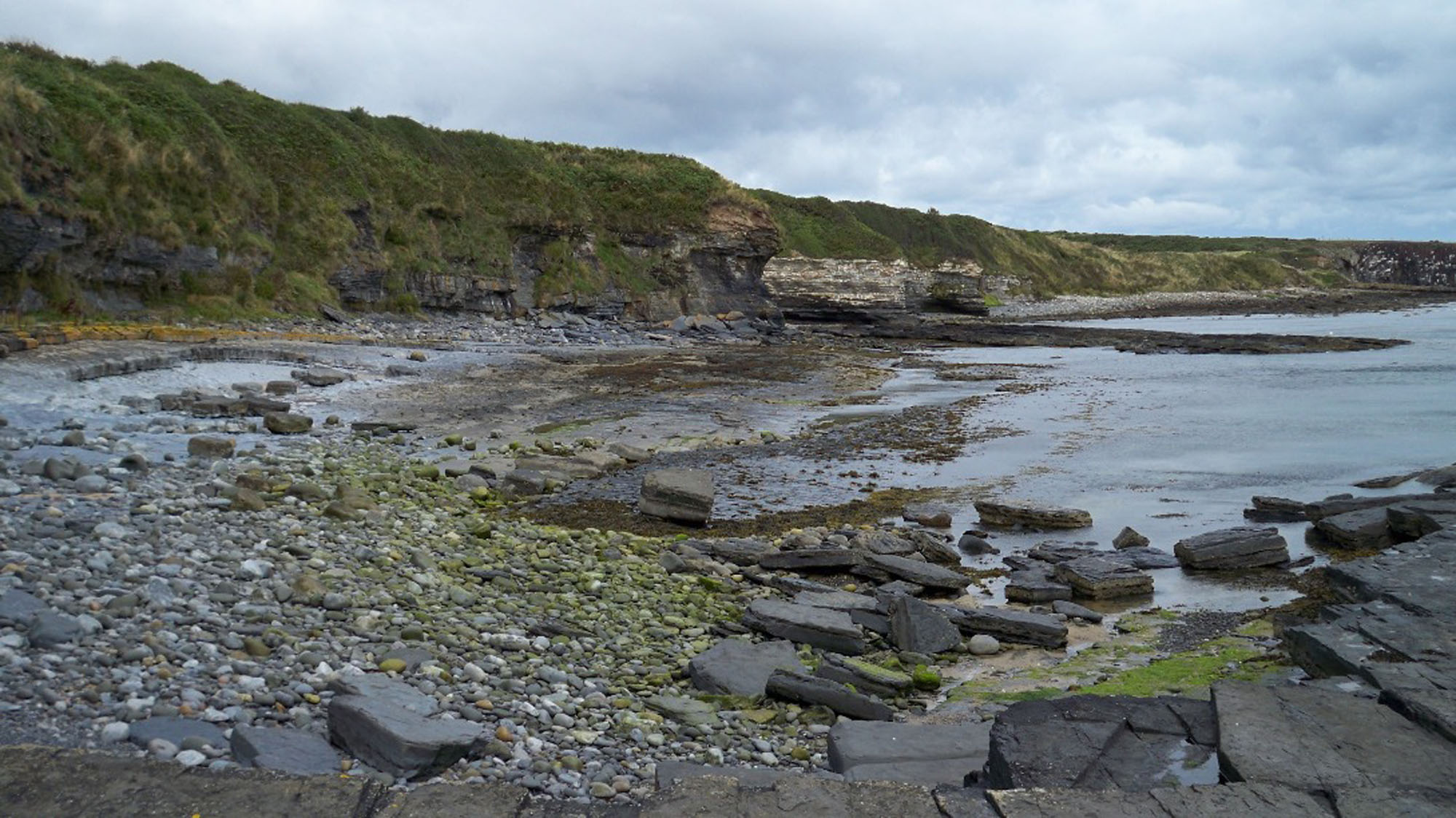
The fossil belongs to a genus of millipedes known as Arthropleura, of which two smaller specimens are known from Germany. The specimen from Northumberland measured some 55 cm in width and 2.63 meters in length and could have weighted as much as 50 kilograms. And if you think that’s a big bug there’s more because the paleontologists at Cambridge think that the fossil they found is just the molt of an animal, the discarded outer skin of an arthropod that would grow even bigger before its new skin hardened. Such empty shells usually break apart shortly after molting so to find a complete specimen is remarkable.
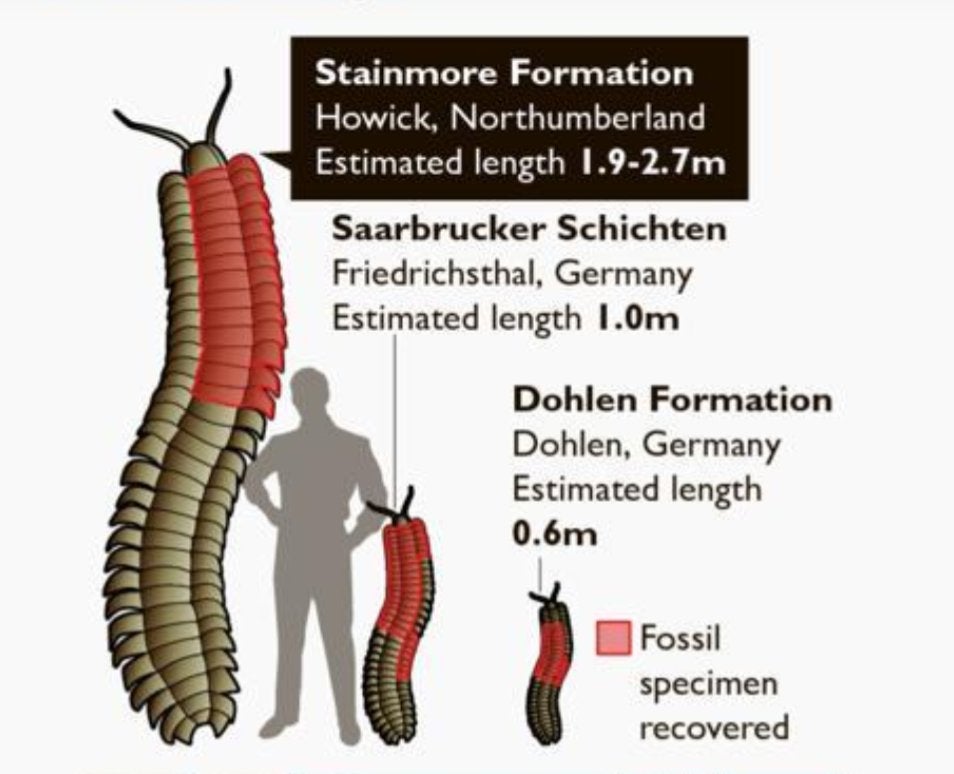
And remarkable is a good word for all of the fossils I’ve described this month. Today’s Earth contains many wield and wonderful lifeforms but the more we look at the past the more remarkable whole the history of life becomes.
